
For those of you that know what Katsuobushi is, don't worry, I have not lost my mind. For those that don't know what katsuobushi is, it's smoked, aged and dried skipjack tuna which is most commonly used to make Japanese dashi stock.
Now, I know what you're probably thinking, but let me give you the backstory before you judge. I recently got asked to join as a guest on a news program to talk about a new Katsuobushi plant that's opened up in France to produce katsuobushi for the European market. Because the Japanese have a pretty limited number of ways in which they use katsuobushi, I was asked if it's an ingredient that could be used in western food.
Because Katsuobushi has a meaty, smoky, savory flavor, that's pretty similar to bacon, the obvious ways are in things like pasta sauces and stews, but the question got me thinking: what are some ways in which this normally savory ingredient could be used to push boundaries?...
Aside from Katsuobushi, the other main ingredient used to make dashi is Konbu (kelp). Katsuobushi is loaded with inosine monophosphate, which is an amino acid that produces the taste of umami. Konbu is loaded with glutamate, which is another amino acid that triggers your umami taste buds. Together they form a kind of synergy that amplifies their inherent umami.
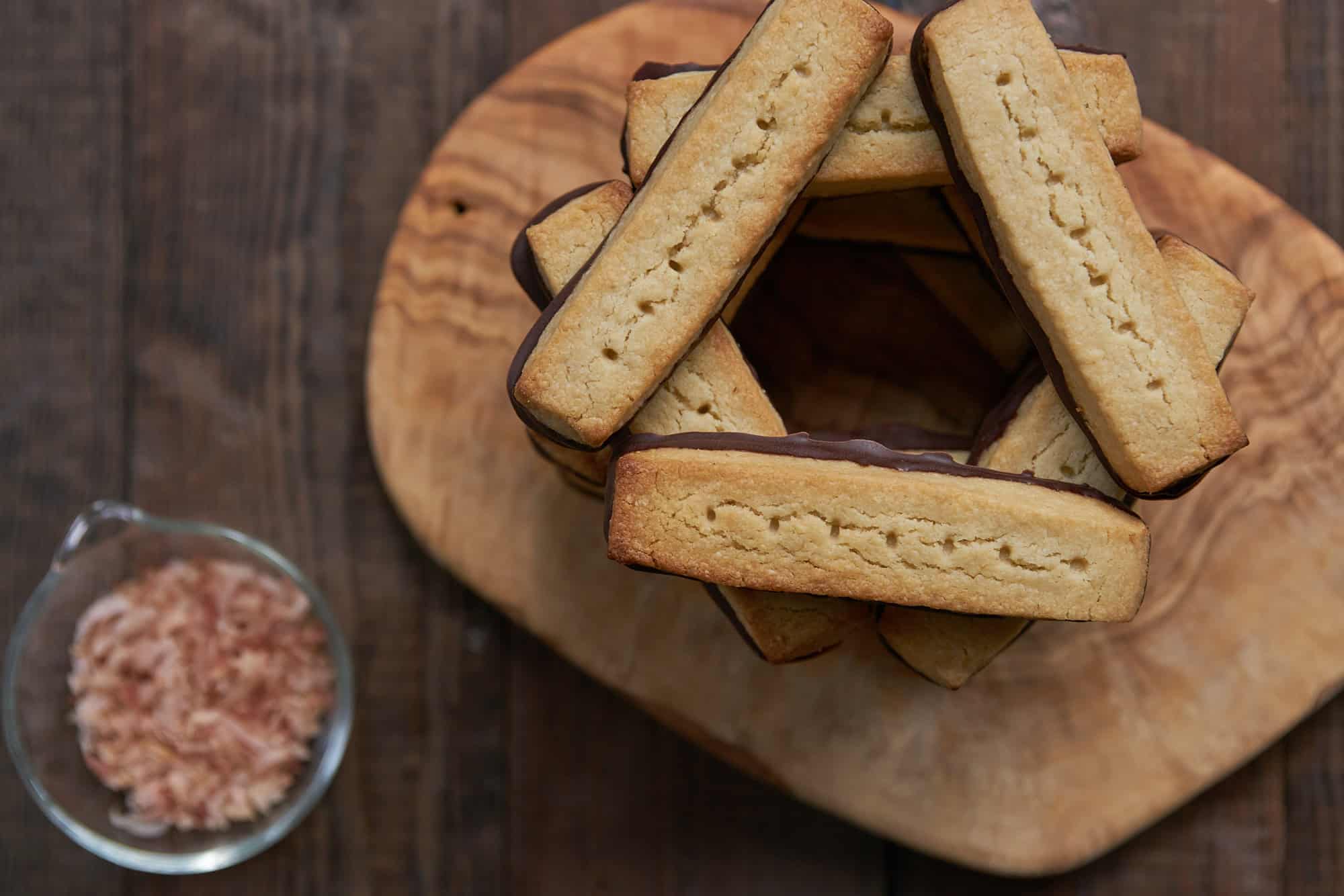
As I started to think of more unusual ways to leverage this synergy I listed off other foods that contain a lot of glutamates such as cheese, tomatoes, corn, and butter. Butter is an interesting one because it's an ingredient that can go into both sweet and savory foods. That's when the thought occurred to me that katsuobushi might work in sweets. If bacon can be coated in chocolate, or added to pecan pie, then surely katsuobushi would work.
Shortbread was one of the first ideas I came up with, because it's a butter cookie that's often as savory as it is sweet, with loads of umami. It's also something that pairs so well either with other desserts or as part of the dessert (such as the crust). Ordinarily the umami in shortbread is expressed thanks to Maillard browning, that boosts the umami in the butter as well as the flour. In this case, I wanted to add katsuobushi as another umami-boosting ingredient.
The idea of adding fish to a dessert might sound a bit gross at first, but the nearly 3 month long process to turn the skipjack tuna into katsuobushi virtually eliminates any fishy odor and supplants it with oodles of umami, along with a marvelous smoky flavor that's intense, without being acrid.

While the shortbread on its own is delicious, I decided to dip it in a bit of dark chocolate (Valrhona Caraïbe) which has some nut and coffee notes that I thought would play nicely with the smoky katsuobushi. Another flavor that I think would work really well here is maple, but I didn't have any maple sugar, and adding syrup to shortbread is a bad idea because of its water content.
The resulting shortbread has a crisp bite, which crumbles and eventually melts away. You get some smoke up front, with bitterness from the chocolate, but this eventually melts into a rich buttery sweetness that's tempered by little salt crystals that burst as though they're prodding your taste receptors awake for the grand finale: a cascade of lingering umami that will put a smile on anyone's face.
This recipe first appeared on norecipes.com but due to its age I've moved it here to my personal recipe archive. Check out the full No Recipes Archives for more older recipe or check out some of my favorite recipes.
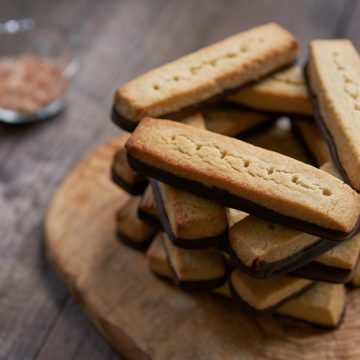
Units
Ingredients
- 5 grams katsuobushi
- 50 grams rolled oats
- 190 grams all-purpose flour
- 45 grams potato starch
- 80 grams powdered sugar
- ¼ teaspoon salt
- 200 grams cultured unsalted butter (cold and cut into ¼-inch cubes)
- 200 grams dark chocolate
Instructions
- Move your oven rack to the middle position and preheat to 450 degrees F (230 C).
- Use a blender or spice grinder to grind the 5 grams katsuobushi and 50 grams rolled oats into a fine powder.
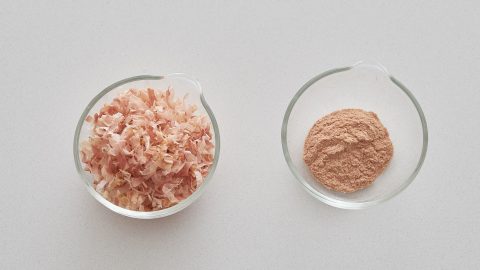
- Add the powdered katsuobushi, oats, 190 grams all-purpose flour, 45 grams potato starch, 80 grams powdered sugar and ¼ teaspoon salt to the bowl of a food processor and pulse a few times to mix.
- Add the 200 grams cultured unsalted butter and pulse for 2 seconds at a time until the mixture starts to come together in big clumps.
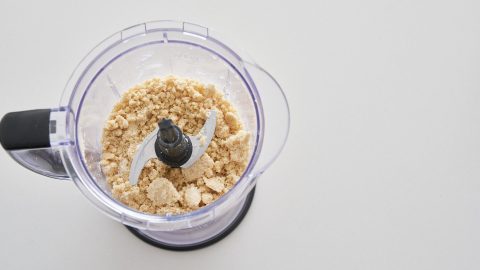
- Dump the dough onto a non-stick surface such as a sheet of parchment paper, or silicone mat. Working quickly, shape the dough into a ½-inch thick square (7-inch x 7-incby wrapping the edges of the parchment paper over the dough and pressing the dough into the corners.
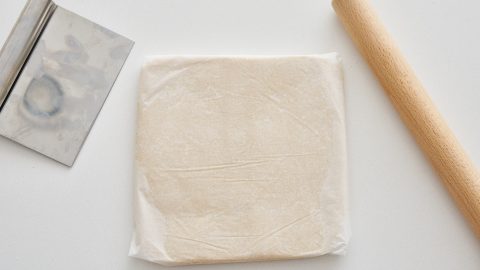
- Refine the edges of the dough using a pastry knife and as a guide to make a perfect square that's roughly the same thickness. Put the dough in the freezer for 10 minutes.

- Cut the square of dough in half and the cut the dough into 20 bars. Place them on a baking sheet. Use the blunt end of a toothpick to poke a few holes into each piece of shortbread.

- Place the sheet pan in the oven and bake for 3 minutes.
- Turn down the heat to 250 degrees F (120 C) and continue baking until the shortbread is a pale golden brown (8-12 minutes). Turn the oven off, and prop the oven door open a crack with a wooden spoon let the shortbread dry out for another 45 minutes.
- Remove the shortbread from the oven and transfer to a cooling rack to cool completely.
- Melt the 200 grams dark chocolate either in a double boiler or in the microwave. And prepare a sheet lined with parchment paper or a silicone mat.
- Dip just the foot of each shortbread in the chocolate, let the excess drip off, and then gently place each cookie on the prepared sheet. Let the chocolate solidify in a cool place.
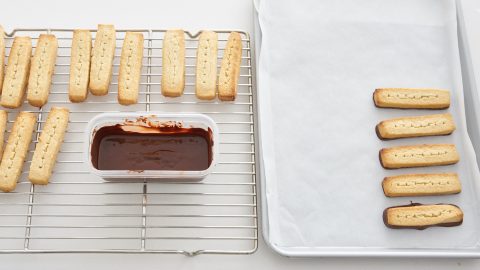

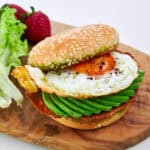
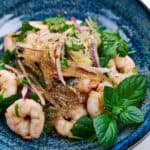
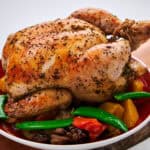
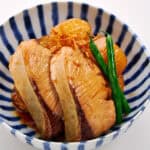
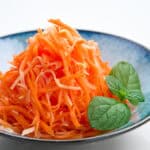
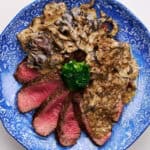
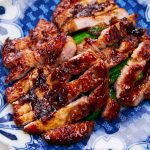
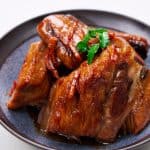
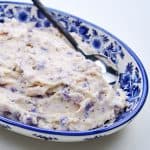
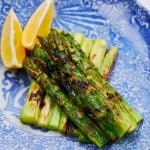

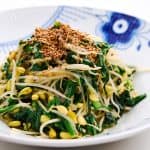

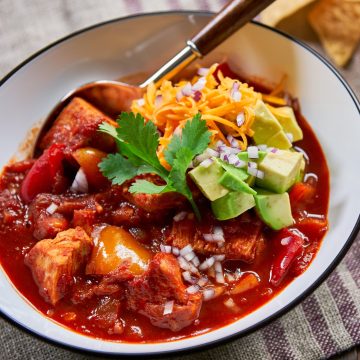
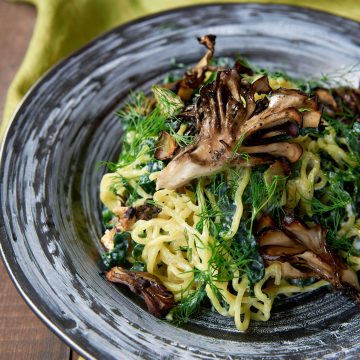
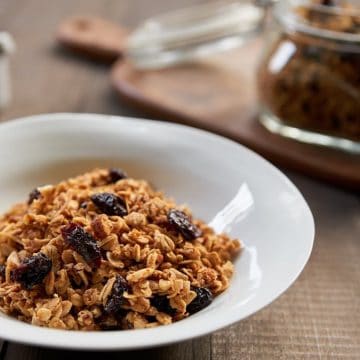
Comments
No Comments